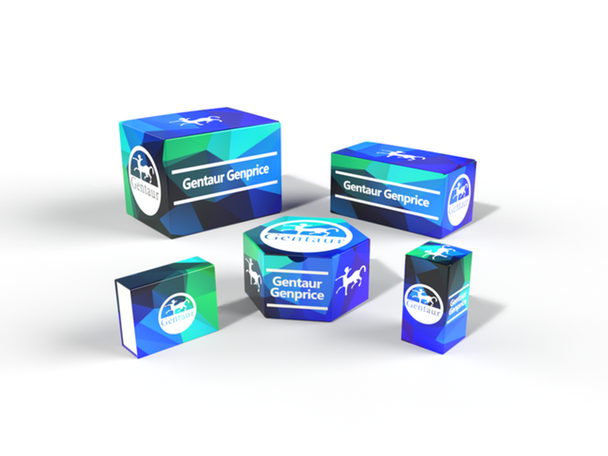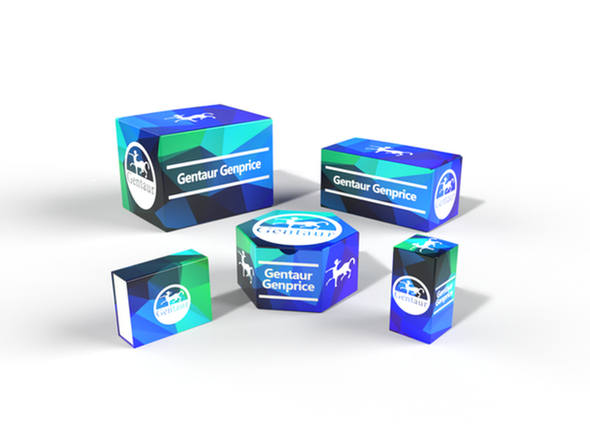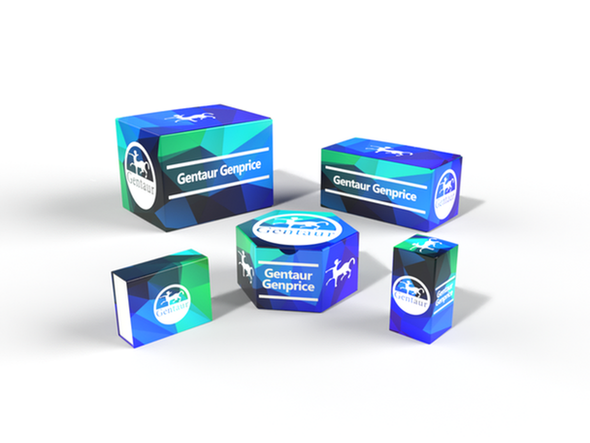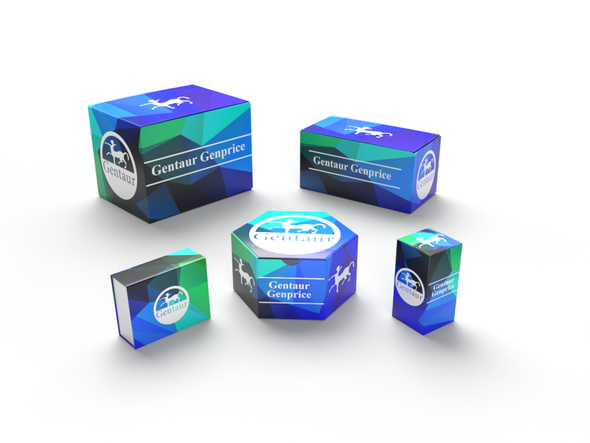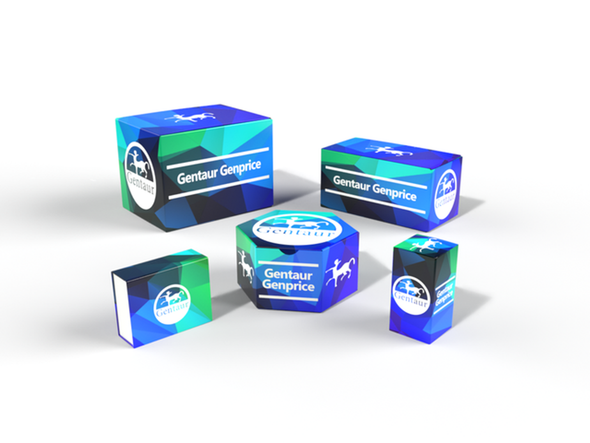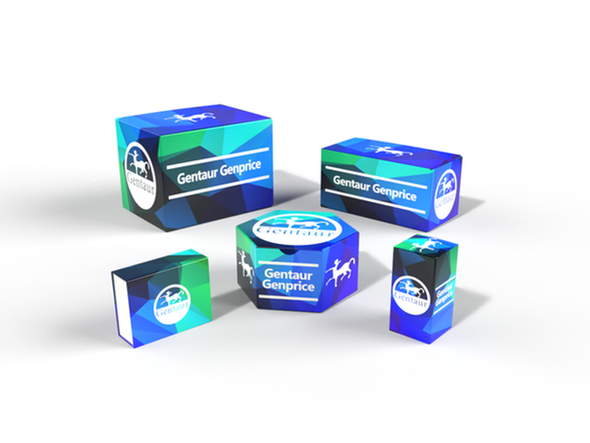BW
Atg4b (R97) polyclonal Antibody | BS2380
- SKU:
- BW-BS2380
- Availability:
- Usually ships in 5 working days
Description
Atg4b (R97) polyclonal Antibody | BS2380 | Gentaur UK, US & Europe Distribution
Host: Rabbit
Reactivity: Human,Mouse,Rat
Application: WB
Application Range: WB: 1:500~1:1000
Background: Autophagy is a catabolic process for the autophagosomic-lysosomal degradation of bulk cytoplasmic contents. Control of autophagy was largely discovered in yeast and involves proteins encoded by a set of autophagy-related genes (Atg) . Formation of autophagic vesicles requires a pair of essential ubiquitin-like conjugation systems, Atg12-Atg5 and Atg8-phosphatidylethanolamine (Atg8-PE), which are widely conserved in eukaryotes. Numerous mammalian counterparts to yeast Atg proteins have been described, including three Atg8 proteins (GATE-16, GABARAP, and LC3) and four Atg4 homologs (Atg4A/autophagin-2, Atg4B/autophagin-1, Atg4C/autophagin-3, and Atg4D/autophagin-4) . The cysteine protease Atg4 is pivotal to autophagosome membrane generation and regulation. Atg4 primes the Atg8 homolog for lipidation by cleaving its carboxy terminus and exposing its glycine residue for E1-like enzyme Atg7. The Atg8 homolog is transferred to the E2-like enzyme Atg3 before forming the Atg8-PE conjugate. During later stages of autophagy, Atg4 can reverse this lipidation event by cleaving PE, thereby recycling the Atg8 homolog. While Atg4B displays a broad specificity for Atg8 homologues, it preferentially cleaves LC3. Mutation in the corresponding Atg4B gene can be associated with strong inhibition of autophagosome formation. An excess of inactive Atg4B blocks lipidation of Atg8 homologues and inhibits autophagy. This makes Atg4B a potential tool for characterization of the isolation membrane and other autophagy studies.
Storage & Stability: Store at 4°C short term. Aliquot and store at -20°C long term. Avoid freeze-thaw cycles.
Specificity: Atg4b pAb detects endogenous levels of Atg4b protein.
Molecular Weight: ~ 44 kDa
Note: For research use only, not for use in diagnostic procedure.
Alternative Names: Renin receptor; ATPase H (+) -transporting lysosomal accessory protein 2; ATPase H (+) -transporting lysosomal-interacting protein 2; ER-localized type I transmembrane adaptor; Embryonic liver differentiation factor 10; N14F; Renin/prorenin receptor; Vacuolar ATP synthase membrane sector-associated protein M8-9; ATP6M8-9; V-ATPase M8.9 subunit; ATP6AP2; ATP6IP2; CAPER; ELDF10; HT028; MSTP009; PSEC0072
Immunogen: Synthetic peptide, corresponding to amino acids 169-229 of Human Caper.
Conjugate: Unconjugated
Modification: Unmodification
Purification & Purity: The Antibody was affinity-purified from rabbit antiserum by affinity-chromatography using epitope-specific immunogen and the purity is > 95% (by SDS-PAGE) .
Pathway:

